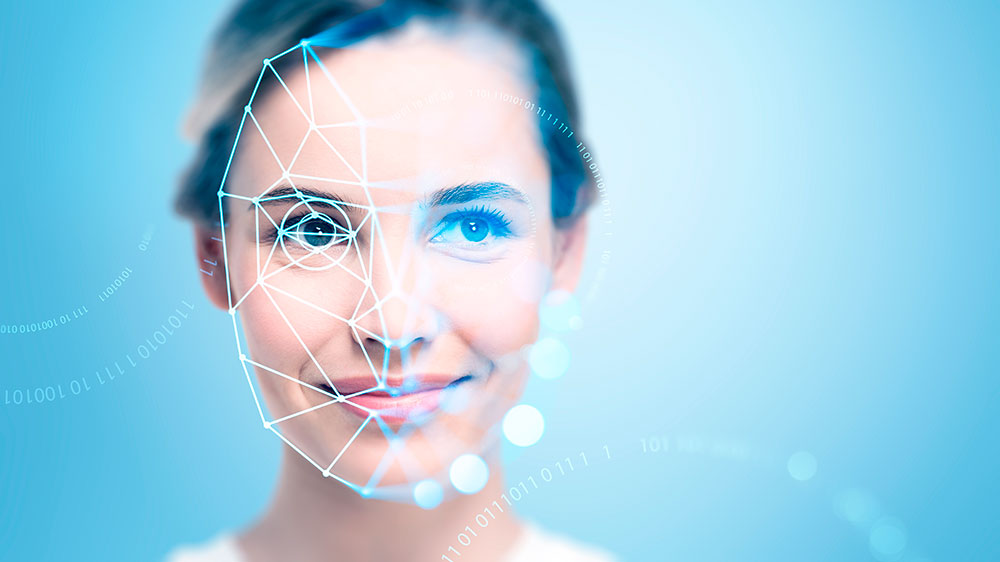Deepfakes are difficult to recognize
The study called "Seeing is No Longer Believing: A Survey on the State of Deepfakes, AI-Generated Humans, and Other Nonveridical Media" examined the judgement of 260 test subjects. They were presented with 20 images: 10 of them were of real people, taken from Google searches, and the other 10 were generated using the AI programs Stable Diffusion and DALL-E.
Participants were asked to label each image as real or AI-generated and explain why they had made their decision. Only 61 percent of participants were able to tell the difference between AI-generated humans and real humans, well below the 85 percent threshold expected by the researchers. In view of the results, the head of the study, Andreea Pocol, emphasizes how important it will be in the future to develop tools for detecting disinformation and fakes, as it is becoming increasingly difficult to determine the authenticity of content due to improvements in technology.
Teachtoday offers several tools to help you and young people identify the first clues as to whether a piece of content is a genuine recording or not. The most important thing is to take a close look at images on social networks and other online platforms, as incorrect representations of AI-generated content usually lie in small details. Test yourself and your children or students on the website whichfaceisreal.com and use the newly acquired knowledge from our infographic straight away!
Comenius EduMedia Award 2024
Teachtoday and SCROLLER awarded with the Comenius EduMedia seal


